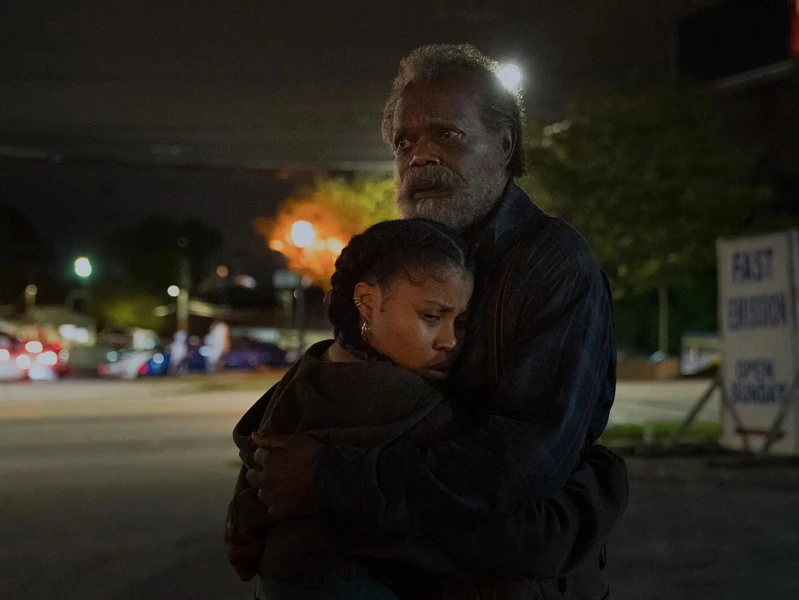
We need more workers. There are currently 660,000 older adults and disabled people on waiting lists for an available care worker, and over half of families in the U.S. live in places where it is difficult to access child care. But less than 1% of care storylines on TV show characters having trouble finding professional care support. The math doesn’t add up….
Story Sparks:
- Nabil’s care worker retires and Radha finds herself back on a waiting list until another qualified provider becomes available. The waiting is the hardest part…
- Sadi’s parents are immigrants and Sadi is trying to help them access care support. He’s having a difficult time navigating the system due to language barriers and bias. Our system has made this an Olympic-level sport!
- Quentin and Veronica are hourly workers who work outside of the traditional 9 to 5 schedule that their local childcare centers operate on. They rely on Quentin’s parents for childcare. And Quentin’s mom has really gotten the kids into WWE wrestling.
AVOID THE PITFALL:
Steer clear of the problematic narrative that care workers are incompetent or untrustworthy – in reality, many problems stem from the lack of investment in a well-trained, well-paid care workforce. Case in point: the median wage for a care worker is less than $15/hr. Those leopard print scrubs and Crocs deserve a raise!
A quick note: scenarios described here are generalized from information that Caring Across Generations has collected through focus groups, polling, and other research. They are generalized scenarios and are not any one individual’s story, and they are not meant to be comprehensive of all experiences having to do with care. This resource is intended to illuminate new storytelling opportunities that also contribute to a more authentic and holistic representation of care on screen.
